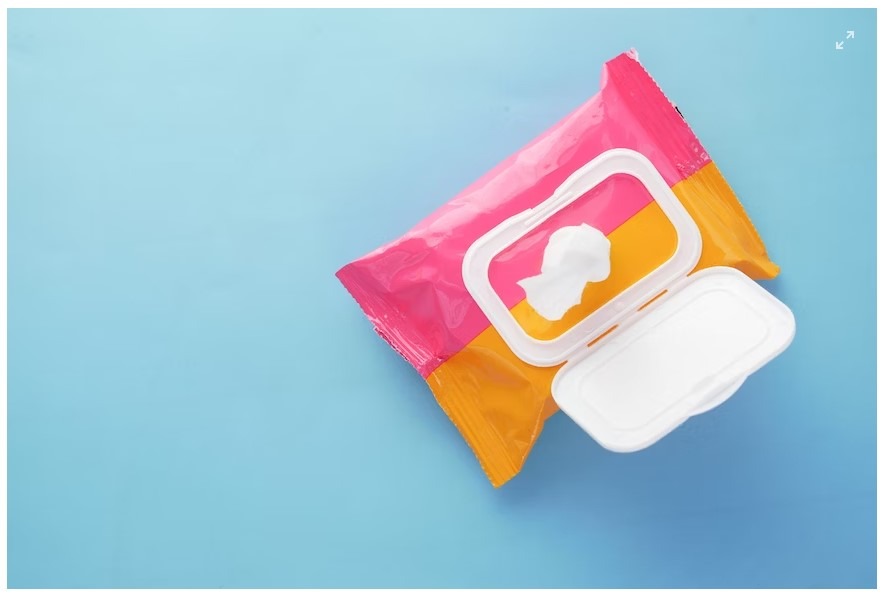Maintaining a hygienic environment is of utmost importance, especially in hospitals, schools, offices, and public places. With the ongoing concern about infectious diseases and harmful pathogens, effective cleaning solutions have become more critical than ever. Among the various disinfection methods available, disinfectant wipes have gained popularity for their convenience, efficiency, and ability to kill surface germs. This article will explore how disinfectant wipes play a pivotal role in ensuring a hygienic environment.
Understanding Disinfectant Wipes
They are pre-moistened towelettes impregnated with chemical solutions designed to kill or inactivate various germs and microorganisms. These wipes typically contain active ingredients such as alcohol, hydrogen peroxide, or quaternary ammonium compounds that target viruses, bacteria, and fungi.
The wipes are available in various sizes and packaging, making them suitable for personal and large-scale disinfection processes. They are commonly used on surfaces like doorknobs, countertops, tables, electronics, and other high-touch areas where germs accumulate.
Advantages of Disinfectant Wipes
1. Convenience and Portability
One of the significant advantages is their convenience and portability. Unlike traditional liquid disinfectants requiring a separate cloth or application tool, disinfectant wipes come ready. They are individually packaged, making them easy to carry in purses, pockets, or travel bags. This accessibility encourages regular use and ensures that individuals can maintain a clean environment even on the go.
2. Quick and Efficient
They offer a quick and efficient solution for surface disinfection. Users can cover a significant area and eliminate germs effectively with a single wipe. The pre-measured amount of disinfectant on each wipe ensures consistent and proper disinfection without guesswork or excessive product use.
3. Reduced Cross-Contamination
In high-traffic settings like hospitals and schools, preventing cross-contamination is crucial to containing the spread of infections. When used correctly, these wipes can help reduce the risk of cross-contamination by providing a fresh and clean surface for each use. This is especially vital in healthcare facilities where vulnerable patients are at a higher risk of infection.
4. Safe for Various Surfaces
Unlike some harsh chemicals that may damage or corrode certain surfaces, these wipes are formulated to be safe for use on a wide range of materials. They can be used on plastic, metal, glass, wood, and other commonly found surfaces without causing harm. However, checking the manufacturer’s instructions and guidelines is essential to ensure proper usage.
5. Promoting Hygiene Compliance
They can encourage better hygiene compliance among individuals. When readily available, people are more likely to use them to clean their hands and surrounding surfaces regularly. This behaviour promotes a culture of cleanliness and awareness, ultimately contributing to a healthier environment.
Effective Disinfection Practices
While these wipes offer a convenient and efficient solution for surface disinfection, it’s essential to follow some best practices to ensure their effectiveness:
- Read and Follow Instructions: Always read the product label and follow the manufacturer’s instructions for proper use and contact time.
- Focus on High-Touch Areas: Prioritise disinfection on frequently touched surfaces like doorknobs, light switches, keyboards, and handrails.
- Avoid Cross-Contamination: Use one wipe per surface or area to prevent cross-contamination. Discard the used wipe appropriately.
- Don’t Forget Hand Hygiene: Remember that disinfectant wipes are not a substitute for handwashing. Practise regular hand hygiene with soap and water or hand sanitiser.
- Storage and Disposal: Store disinfectant wipes in their original packaging, away from direct sunlight and heat. Dispose of used wipes in designated trash bins.
Conclusion
Disinfectant wipes are valuable tools in the fight against germs and infectious diseases, ensuring a hygienic environment in various settings. Their convenience, efficiency, and ability to reduce cross-contamination make them essential to any cleaning and disinfection regimen. By adopting effective disinfection practices and disinfectant wipes into daily routines, individuals and organisations can contribute to a safer and healthier environment.
Author name : Alison Lurie
